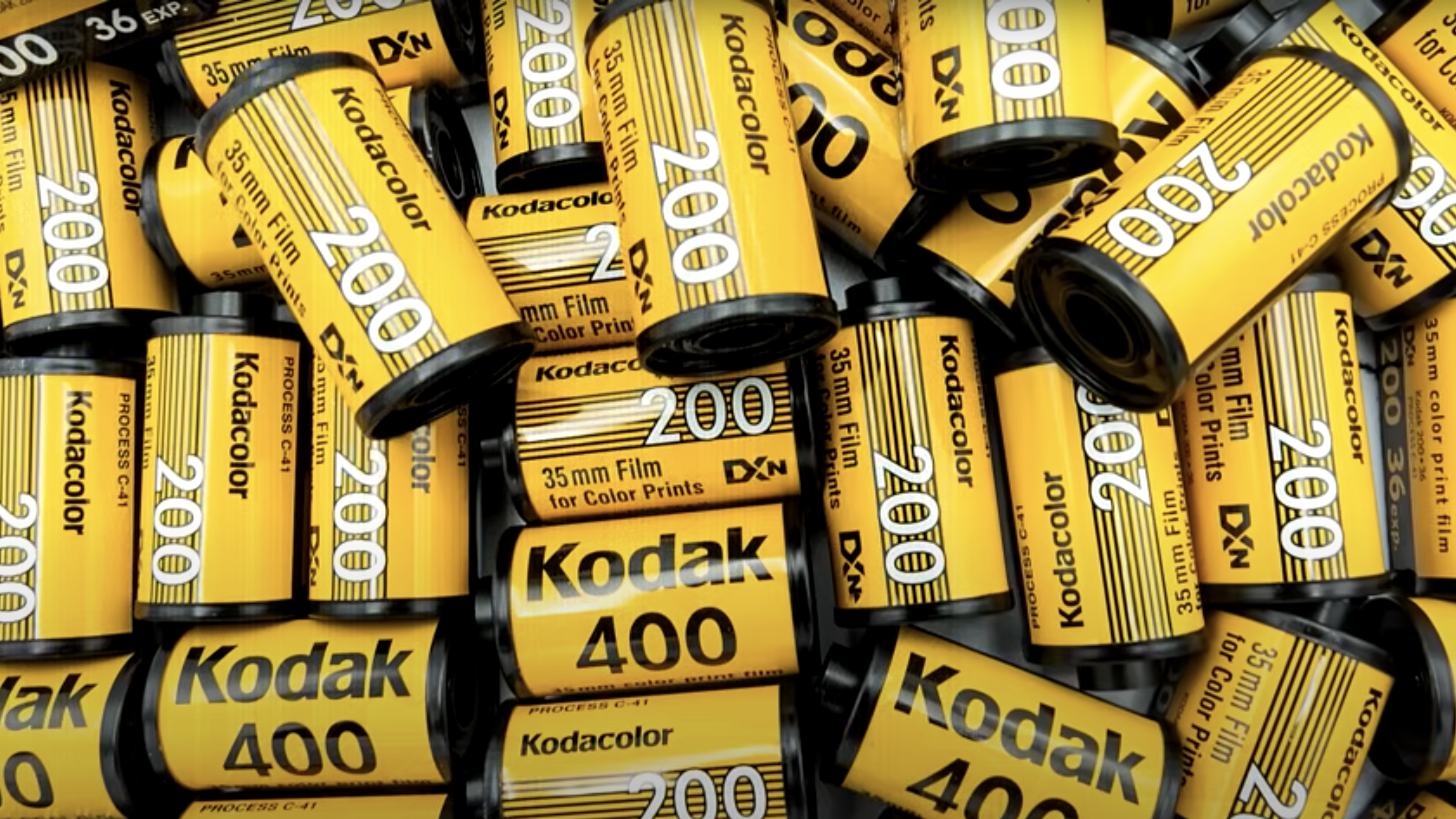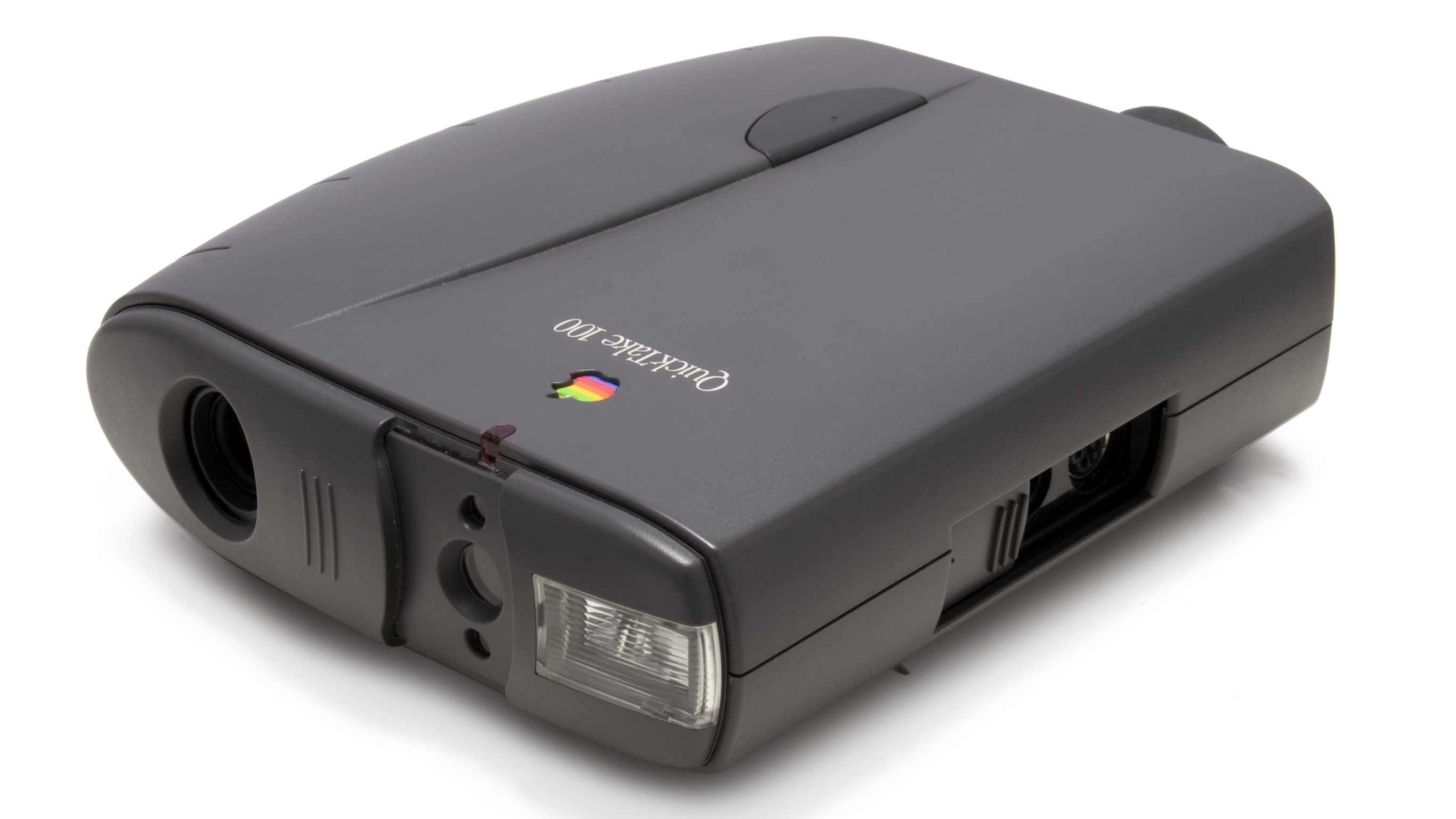
The Eastman Kodak Company was founded in 1888 in Rochester, New York, and soon became one of the world’s largest film and camera manufacturers.
The Brownie, the Instamatic, those “Kodak moments” had the company riding high for nearly 100 years, until it started to fall swiftly from the top spot in the 1990s.
BBC Sounds podcast Toast recently did a deep dive into the history and downfall of Kodak, with BBC business journalist Sean Farrington, Kodak's former vice president of digital imaging Donald Strickland, and Kamal Munir, professor strategy and policy at Cambridge Judge Business School.
When George Eastman introduced the flagship camera the Brownie in 1900, the photography market was essentially entirely made up of professionals.
The Brownie only had one button, and it was marketed to children, however, Eastman quickly realized that just marketing to children wouldn’t work.
“So he did two things primarily,” said Munir, “One was he made it synonymous with vacations and with train tracks being laid all over America, mobility was really increasing. And he used that wave to give people automatic cameras that they could take and record their vacations.”
Munir explains that another interesting thing Eastman did was market heavily to women, who then became responsible for keeping a record of family milestones. Eastman also knew that what sold was the film, so he was prepared to give away free cameras with the knowledge that people would continuously buy the film.
Strickland got his first job at Kodak in the 1970s, working all the way up to the position of vice president of digital imaging.
“I joined as an entry-level engineer and I was assigned to the space programme. Kodak was doing work for NASA at the time on the lunar landing programme. Kodak had a big relationship with the government going back to World War II. It actually made fuses as part of the war effort. And what Kodak did early on in the government was a fairly large business in surveillance satellites. We made the film canisters that would go up in the satellites.
“They would drop them into the ocean. Navy ships would pick them up. We'd bring them back to Rochester for processing. Then they had photo-inspectors that would look at the films from wherever they were taken.”
At the height of its success worldwide sales were over $10 billion a year and Kodak was employing more than 140,000 people, but a misstep in the 1980s began its downfall.
Kodak’s demise actually started in 1982 according to Strickland, with the introduction of the disc camera. “Kodak recognized that film growth was slowing down dramatically. So what Kodak always did was to reintroduce a new format for film. The disc camera, unlike roll film, had a disc in it, a small disc, and little rectangles of film attached to the outside of the disc. And you put the disc in a thin camera and you press the button and the film would rotate and take your pictures. And the advantage of this was it made the camera very slim and you could stick it in a shirt pocket.
“The problem was with this camera, every film has an aim point that you try to get image quality to a certain level,” said Strickland. “It missed it, but Kodak made the mistake of launching it anyway. In hindsight, of course, it should have waited for a year or two until the technology would have improved and it would have produced good quality images. So when it was launched, the reviewers panned it. Kodak first started to lose steam.”
Despite being a film heavy business, Kodak also won awards for their digital cameras however, they never fully committed to integrating digital cameras into their main business, “simply because they couldn’t deal with the decline of film,” says Munir, “And they were trying to avoid cannibalizing their own film sales.
“And they couldn't reconcile with how people's relationship with photos was changing. And when I would talk to senior management at Kodak in Rochester in the late 1990s, early 2000s, some of them were still in denial.”

This attitude was evident to Strickland in the early 1990s when he hid his designs for the first digital camera from executives at Kodak.
“The digital camera was one of my products at Kodak that I actually hid the development of in Japan. If I had done that in Rochester, enough people would have seen it. It would have gotten killed earlier on,” he said.
In a meeting called by 20 top executives after getting caught with the designs, Strickland said “the feeling in that room was really bad.”
Describing himself as unpopular at Kodak after this incident in 1992, in 1993 Strickland left and moved to Apple, where he convinced Kodak to sell him the rights to the camera he had been designing.
“That product ultimately was launched in 1994 as the . That was really the Apple QuickTake 100 first mainline consumer digital camera that was sold,” said Strickland, who added that Kodak were unable to bounce back because “Kodak never got over that strategy approach that killed all the good ideas.”
Despite this steep decline, Kodak is still making digital cameras, and the brand was the market leader in Japan in 2022. Still a nostalgic and well loved brand, Kodak is a poignant example of the importance of adaptability and open-mindedness in business.
Take a look at the best Kodak camera, the best film, and the best film cameras.







